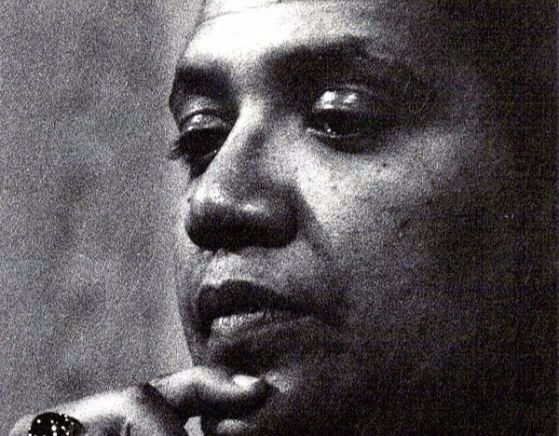5 Reasons Why Intersectional Feminism Is so Important.

{source}
You’ve probably heard the term “white feminism.”
White feminism is a form of feminism that focuses on the experiences of white, cisgender women while ignoring the issues that affect women of color and the LGBT community. This is a problem for a variety of reasons, including the history feminism has in America.
The most well-known examples of feminism are the suffragettes of the late 19th and early 20th centuries. They fought for the right to vote, the right to work outside the home, and gained many rights for women. But in the process of doing that work, they deliberately left other groups out. At the time, LGBT wasn’t even factored in.
Black, Hispanic, and other non-white women took a backseat to the women who had more power — white women.
Since then, white feminists have difficulty seeing things from another perspective. This just means that those people have something very important to learn. So you might as well start here.
1. Feminism is Equality for All
The main thing that differentiates feminism from misogyny is that feminists are also concerned about the impacts gender roles have on men. Men have more power than women in many situations, but they also have their own distinctive problems and face oppression, even if some of it is self-imposed.
The same goes for different races, ages, sexualities, and religions. If white feminists are so quick to say that feminism will help men and that it’s not solely focused on women, they should also be willing to say that for women of color. The fact that white women are less likely to stand up for women of color speaks not only to the racial systems embedded in our society but also to the prejudices that we all hold.
We can’t break free of them by ignoring them.
2. Gender and Everything Else
One of the biggest privileges that comes with being white is not having to think about being white. Women have to think about the fact that they’re women. Going to the bar alone, how we dress, where we walk, and how we travel, all factor into our gender. Men don’t have to think about it as much, so it can be frustrating to try and explain the differences to them.
Similarly, people of color are constantly aware of their race because they’re oppressed as part of it. Being a woman means certain things, but being a black woman, a gay woman, a Hispanic woman, a female sex worker, or a trans woman, all make that same woman-ness mean something else.
3. White Feminism Ignores Ageism
White feminism also tends to focus on a pretty small age group. It often starts in the early teen years, when young women notice pressure to conform, and continues into the 30’s and sometimes 40’s. But how many feminists or feminist issues do you see that deal with the problems older women face? When older women lose their husbands and live by themselves, what problems are they more likely to suffer?
The fact is, female seniors are more likely to suffer abuse at the hands of providers and caregivers, and it’s because they’re seen as isolated and less powerful. In fact, 1 in 10 Americans who are over 60 have been victims of elder abuse. And often, older women are expected to be caregivers for their husbands, children, and grandchildren, even well into old age when they should be getting the chance to retire and rest.
Additionally, as the opioid epidemic continues to worsen, more and more grandparents are taking on the role of primary caregivers for young ones. This can be incredibly stressful mentally, physically, and financially.
4. Feminism Changes with Intersectionality
Feminist issues like the wage gap, domestic violence, harassment, rape, human trafficking, and the disproportionate amount of women in positions of power, all change drastically when viewed through an intersectional lens. Women do make less than men on average, but black and Hispanic women make much less than white women do, let alone white men.
We can also switch to almost any other demographic as well, like women with disabilities. In 2016, 11% of women with disabilities were unemployed, which is far above the national average.
On a similar note, police brutality should be a feminist issue. Instead, it’s seen as a black issue because white women aren’t impacted by it like women of color are. Sandra Bland should be more than a blip on the radar, and the death of Charleena Lyles didn’t even make an appearance for most.
This is despite the fact that she was pregnant, mentally ill, and shot in front of her kids, in her own home, after calling the police to help her.
5. White Feminism is Centered on Power
Being white and a feminist isn’t a bad thing, and not everyone who practices white feminism is even white. White feminism itself holds on to and perpetuates the same systems of oppression that it claims to battle.
It gives white women power while taking power away from women of color and dismissing battles that women here and overseas are fighting, like female genital mutilation, war crimes, slavery, and refugee status.
In other words, feminism isn’t really feminism if it continues to oppress certain demographics. White women are not bad people for not realizing it, but we do need to do better. Educate yourself and others. And most importantly, allow those different from yourself the chance to be heard. Open-mindedness and the desire to understand are key aspects that a lot of political discourse is missing nowadays.
***
{Join us on Facebook, Twitter, Instagram & Pinterest}
